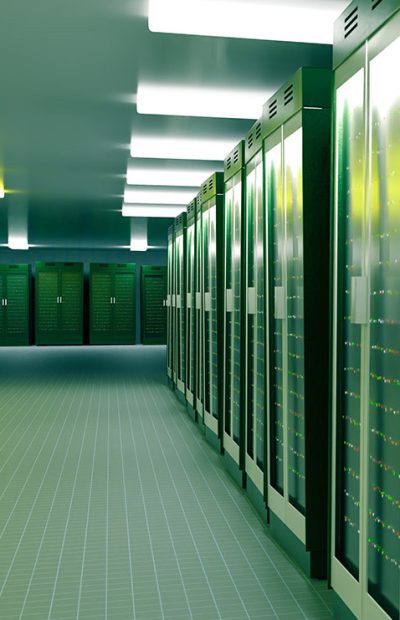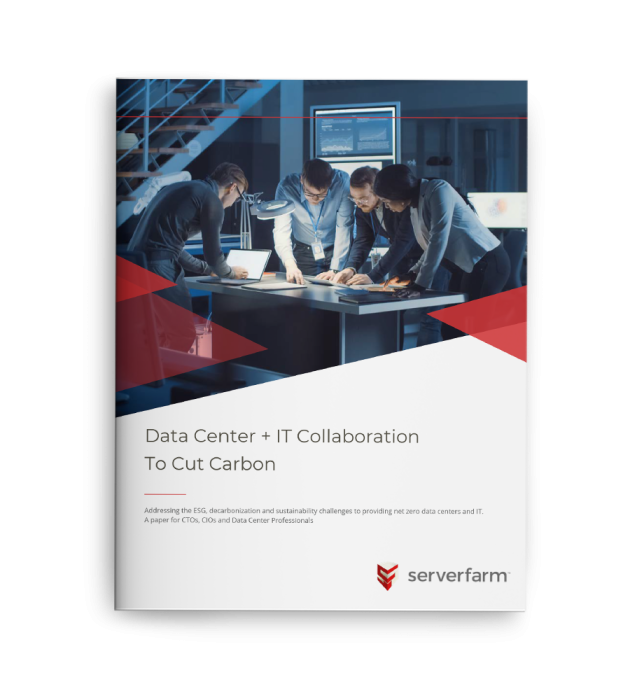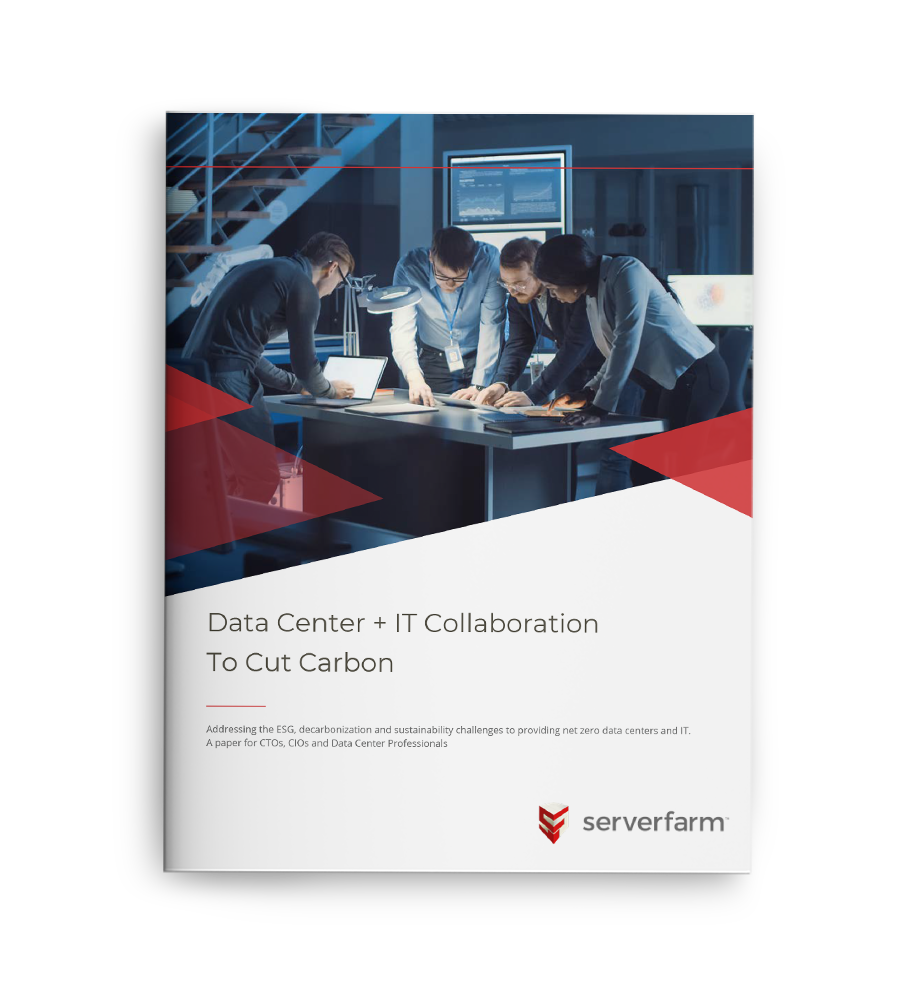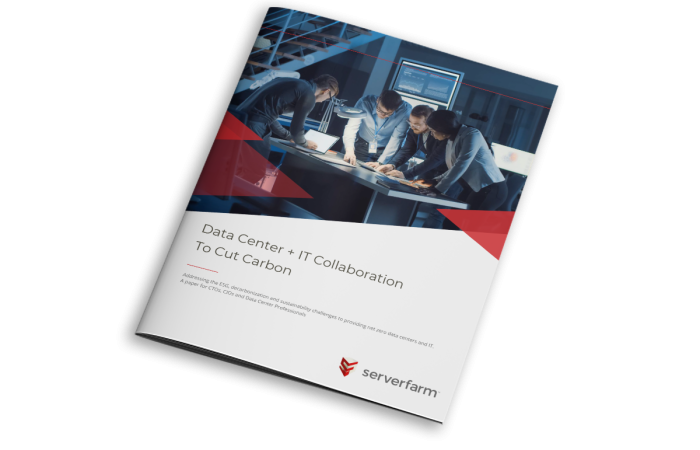PART 6 / 8
This is an edited extract from our business paper Data Center + IT Collaboration to Cut Carbon: An Applications to Data Centers perspective for CIOs, CTOs, CSOs and Data Center Leaders.
Click below to gain instant access to the full white paper now. Or stay tuned as we release a new section each week.
PART 6 / 8
This is an edited extract from our business paper Data Center + IT Collaboration to Cut Carbon: An Applications to Data Centers perspective for CIOs, CTOs, CSOs and Data Center Leaders.
Click below to gain instant access to the full white paper now. Or stay tuned as we release a new section each week.
3.1 Buildings
3.2 Power
3.3 Chips
3.4 Servers
3.5 Software
CIOs and CTOs chose server designs and chip architectures for a variety of workloads hosted in a variety of different environments.
From an IT perspective, for many applications the infrastructure choice has traditionally been performance based. Power use was considered a price worth paying. But the days are gone when a CIO is told by the business ‘we need x level of performance’ and the CIO could turn to the data center operator and say: ‘I need x power. You find the sustainable, GHG free way to supply it.’
An idle server has a cost both from embedded carbon and its inefficient utilization. From a GHG emissions perspective Server Refresh Cycles add complex considerations.

For any CIO with thousands of servers, measuring Scope 1 and 2 operating carbon cost and Scope 3 embodied and total carbon cost of every component in the supply chain of every server is a huge but necessary undertaking.
Some advise that faster refresh cycles – saying upgrading servers every three years – provides clear benefits in terms of power use, maintenance, support, and performance, saying it is possible to achieve much more performance for the same power footprint.
The demands of high performance compute and its related power density increases provide a perfect example of why communication and collaboration across IT and M+E are the only way to sustainability. It puts server choice, operation, configuration for energy saving and refresh cycles at the heart of the issue.
Serverfarm does not advise on chip architecture. But it does work closely with customers to ensure maximum power efficiency is achieved across every part of the physical technology stack, including servers. This can only be done through greater collaboration across every discipline in the value chain.

Data Center + IT Collaboration to Cut Carbon
Addressing the ESG, decarbonization and sustainability challenges to providing net zero data centers and IT. A paper for CTOs, CIOs and Data Center professionals.






